The Evolving Ideologies of American Jewish Summer Camp
For decades, these retreats have offered so much more than outdoor fun.
As part of our Atlas Obscura Goes to Summer Camp special package, we’re revisiting stories that have explored some of the more unique subcultures around summer camps.
Summer camp might advertise itself as a simple return to nature, some healthy fresh air and wholesome fun, but there is not now and never has been anything simple about it. American Jewish summer camp in particular has a very long and winding ideological history, one dotted with racism, socialism, political protest, and above all a sense that summer camp is a well of power, a resource to be optimized.
Jews attend summer camp at a higher rate than Americans as a whole, though not nearly as high a rate as Mormons, but the particulars of the Jewish camping experience—begun due to exclusion, changing rapidly due to politics and social movements and the Holocaust—put it in a unique place.
Summer camping in the United States began as a movement in the late 19th century, a sort of rebellion against increasing urbanization and industrialization. By the late 1920s, Jewish summer camps had gotten explicitly ideological: socialist, communist, anarchist, Zionist, Yiddish. Despite this, they were, and remained until after World War II, almost entirely secular. The Yiddish camps focused on Yiddish language and culture, and the Zionist camps on building, farming, and a connection to Israel; neither put much of an emphasis on religion.
A socialist summer camp would have no individual money, and any packages a camper received from home would be divided equally to the rest of the camp. Labor was highly valued; a punishment for bad behavior would never be, say, cleaning the bathrooms, because bathroom duty was a noble and important role in the camp society.
Zionist summer camps prepared kids to move to Palestine (which they sometimes called EY, which stands for Eretz Yisrael, or “the land of Israel”). The kids were taught to farm and build, and focused on Jewish arts and music, including what would come to be called Israeli folk dancing. Yiddish camps, which often included a nearby camp for parents, taught Yiddish language and history. Israel, or Palestine, or Jewish history, mostly replaced the weird often-fake American Indian mythology that was and remains so prevalent in non-Jewish summer camps. But everything changed with World War II.
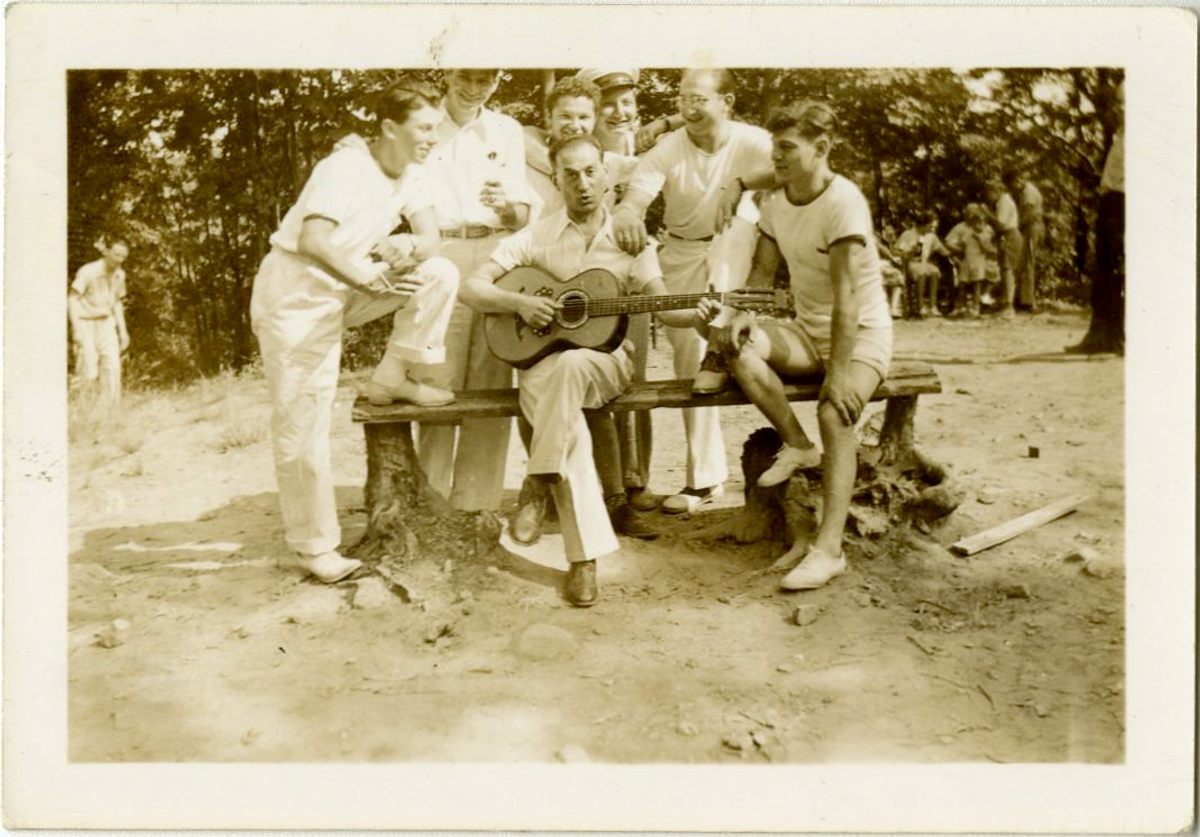
Before the Second World War, American Jews had never seen themselves as the center of the Jewish world: that was in Poland, Lithuania, Germany, Hungary. American Jews were unsettled, immature. They hadn’t unpacked in their new home yet. But following the Holocaust, the weight of leading Jewish culture settled on the shoulders of the Americans. Summer camp was a vital part of this effort. Such camps had for decades been seen by various groups—the labor socialists, cultural Zionists—as a fundamental tool for shaping the youth. “Camp leaders were decidedly critical of ‘suburban Judaism’ that they took to be an inadequate Jewish life created by their campers’ parents who, to their minds, had limited education and too little understanding of Judaism,” writes Riv-Ellen Prell, an anthropologist at the University of Minnesota who has studied the history of American Judaism, in an article on the history of Jewish summer camps. There was also, says Prell, a major concern that the parents of baby boomers had been too focused on assimilation rather than developing and maintaining a distinct American Jewish culture.
Summer camp had already proven a valuable place to shape the youth in non-religious molds, as seen in the socialist and Zionist camps from past decades. But in the wake of genocide, some of these Jews in positions of power within Jewish communities—prominent rabbis, organizers, spokespeople—decided that those tools should be applied to Jewish religion and culture.
This is when the first religious Jewish summer camps began. Camp Massad—the word means “foundation” in Hebrew—launched in 1941, servicing the New York area, first in the Catskills and then across the Pennsylvania border in the Poconos. (The Poconos and Catskills are the same mountain range; they just have different names in Pennsylvania and New York.) Massad was the first major summer camp to use the Hebrew language exclusively; it also brought in a contingent of Jewish campers from what would shortly become Israel to promote the possibility of a Jewish state, and emphasize the importance of the idea of Israel to American Jews.
Massad was extremely influential not just for Jewish summer camps but also for worldwide Judaism. Hebrew, until this point, was not widely spoken, with Jews speaking either English or various localized languages like Yiddish. Many modern Hebrew words, like those for sports, were actually invented at Massad.
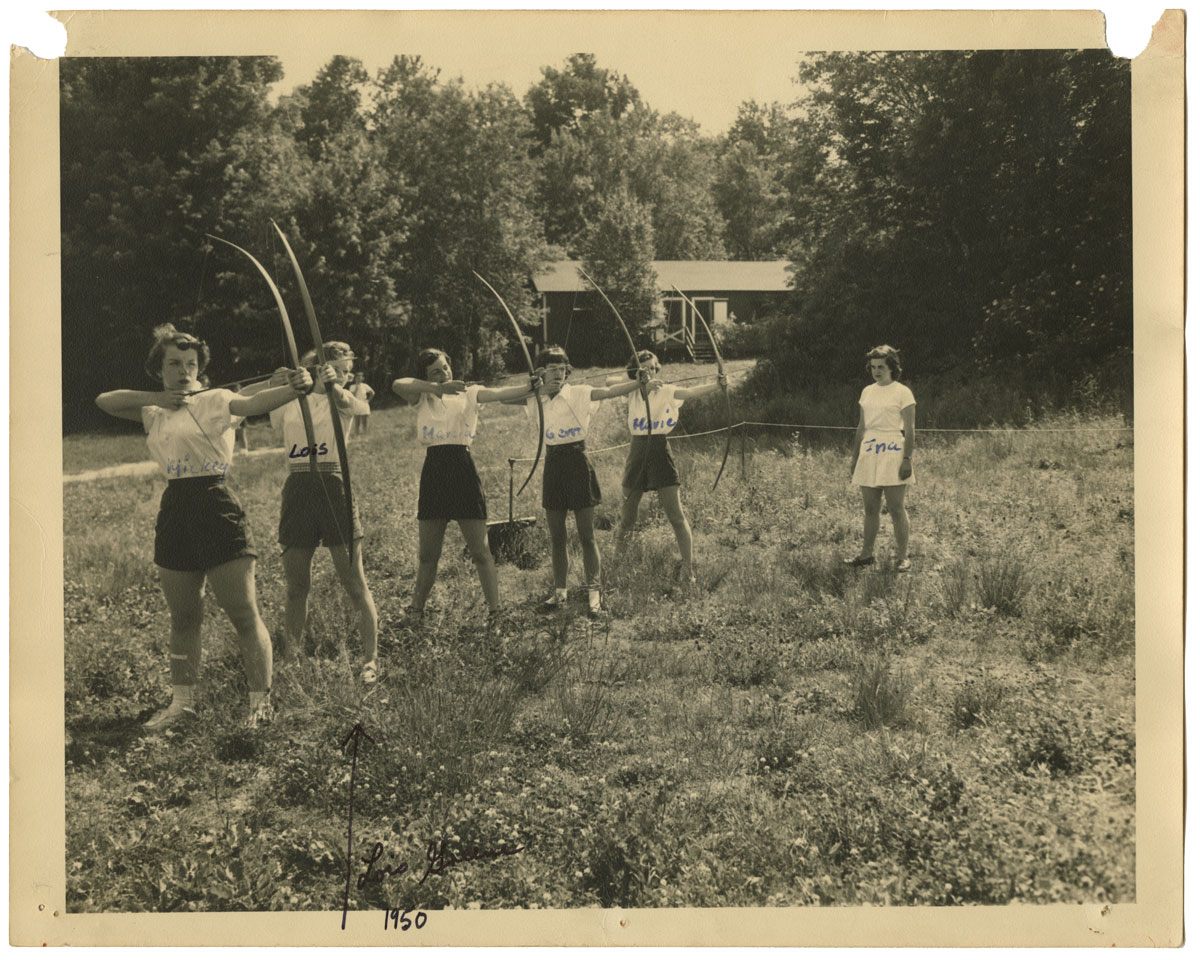
Among the Massad campers were the young Chicagoan founders of what would become Camp Ramah, one of the most important Jewish summer camps in history. Unlike most other Jewish camps, Ramah was (and is) a network of camps under a centralized deciding force, in this case the Conservative movement.
As a quick primer for those unfamiliar: American religious Judaism is split up into several branches usually called denominations. The four biggest are Orthodox, Conservative, Reform, and Reconstructionist, and they differ mostly in the level of observance (roughly those are in descending order), in addition to a bunch of smaller liturgical issues.
Ramah was set up and owned by the Jewish Theological Seminary, the dominant force in Conservative Judaism, during the early 1940s, specifically as a tool for Jewish education. The first Ramah opened in Conover, Wisconsin in 1947, and swiftly expanded. Today they have locations in Wisconsin, Ontario, the Berkshires, Georgia, Colorado, California, and elsewhere. There were often in areas without large Jewish populations; Wisconsin was also home to an important Reform camp. I asked Sarna whether it was difficult for Jewish camps to set up in non-Jewish areas. He said there weren’t really any conflicts. “Many of these places where there were summer camps, they were perfectly happy to have Jews in the summer,” he said. “As long as they left.”
The JTS was a little hesitant at first to spend all this money on summer camps, but this was a dramatic time for the Jewish people, and they were convinced that summer camps might be the best and only hope for Jewish survival. “Jewish education represented both a defensive response to adversity and a form of cultural resistance, a resolve to maintain Judaism in the face of opposition and danger,” wrote Jonathan Sarna, a professor of Jewish history at Brandeis University, in an article on the topic. “It also promised to prepare the community for the new responsibilities that it faced in the wake of the European Jewish catastrophe.”

The camp founders felt a weight on their shoulders. “They’re overwhelmingly contemptuous of the parents of the baby boom, who were raised in America and who know almost nothing about Jewish life,” says Prell. “They just didn’t have the upbringing, because their parents were immigrants and didn’t know how to translate their old life.”
Ramah, and the camps that would follow, were focused on addressing this issue. A phrase you see again and again, says Prell, is this: “The whole day will be ours.” Post-Holocaust American Jews realized what the socialist and Zionist camps before them realized: summer camp is the only place where they can have unfettered access to Jewish kids, the best opportunity to shape young minds for the future. “There is this sense that we can take clay and mold it into a meaningful Jewish life for these kids,” says Prell. “And we can do it because we have them all day, and we can do it because we can get them away from their parents. We can get them away from transistor radios, and the suburbs, which is fairly new to Jews.” That shaping took various forms: instilling a sense of history, pride, and knowledge, but also social justice and civil rights, and a desire to form Jewish families and raise more Jewish kids.
This began a wildly experimental phase for Jewish summer camps, one that would last into the 1970s. The 1940s and 1950s were focused on making American Jewish kids understand that they lived in two worlds, the Jewish world and the American world, and that both were vital. America as a whole at this time, and especially in the Jewish community, was very into American triumphalism; We beat the Nazis! These camps, while they kept Kosher and observed Shabbat, also celebrated the Fourth of July.
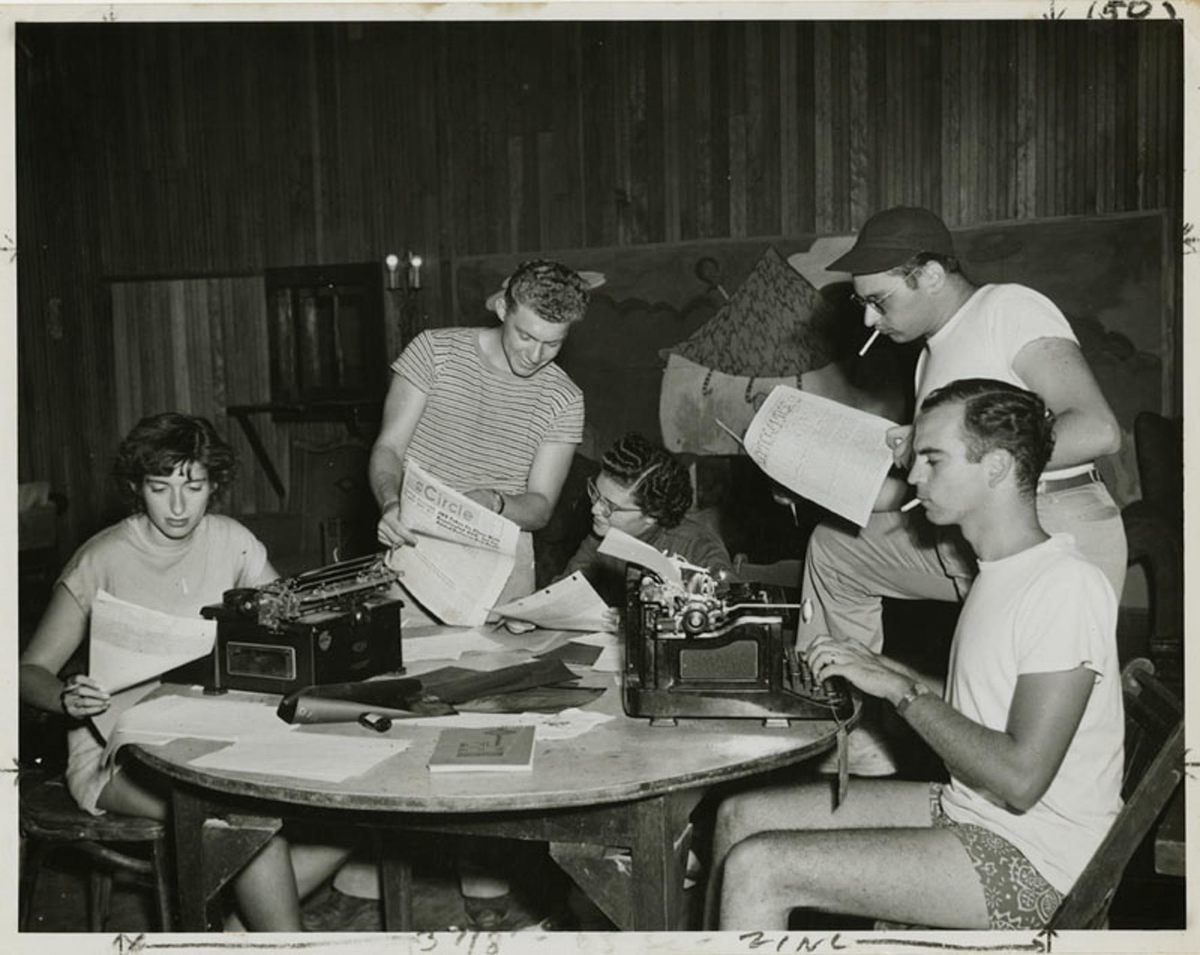
But the coming of the 1960s meant a huge upheaval in the American social fabric. Camp Ramah was centrally owned, but the Reform summer camps were all independent, and the entire system was much more fluid than it might seem. Jews in the 1960s were heavily involved in the anti-war effort, in the civil rights movement, in equal rights for women, in immigration, anti-racism, drug legalization, sex positivity, all kinds of progressive movements. Many of the young counselors at Jewish summer camps were, during the non-summer months, organizers and protestors in college, and their work assuredly did not stop once they went out to Wisconsin or the Catskills for the summer. This wasn’t necessarily unique to Jewish counselors, but the Jewish history of activism and Jewish participation in the civil rights movement made it pretty likely that Jewish camps would follow suit.
In some camps, counselors would perform role-playing. They’d come into the mess hall during breakfast and, without saying anything, gather up all the kids with a certain hair color or eye color. Those kids would be separated from the group for a day or more, made to eat different food, do different activities. Then they’d be reunited and the entire camp would discuss. What does it mean to be a member of an ethnic minority? How does this apply to the Holocaust and to race relations in America? What responsibility do American Jews have to stamp out racial injustice?
Role-playing extended to simpler messages as well, attempting to get Jewish kids to embrace their Jewishness and make Jewish choices. These efforts could sometimes be clumsy, and even offensive. One former camper, who asked to remain anonymous, recalled a role-playing game in which young campers—she was seven years old at the time—were given an egg, representing their “future child,” and a box. The egg would be placed into a box and rolled down a hill; the materials given for padding would vary based on their answers to questions. Pick the right answer and you’d get some protective padding. The wrong one? Rocks and sticks, which would cause the eggbaby to break.
“The question I remember is: Your kid is going to kindergarten and you are considering two schools,” says the former camper. “One is a secular school with computers (a big deal in 1994 or whenever this was) and one is a Jewish school with no computers.” She picked the secular school with computers and was promptly given a rock.
“These are camps not concerned just with summer fun,” says Prell. “These are camps that are trying to teach, as many left-wing camps at the time were trying to teach, what these issues have to do with us, what is our responsibility and how are we going to act on it.” Camp Ramah instituted a program for the older campers called American Seminar, in which campers were required to go to nearby cities and register voters, or volunteer in mental hospitals, or help repaint the houses of black Americans. “Camp is where I first learned about social justice and activism and that I, as a young person, could actually do something,” says Valerie Weisler, who attended a Ramah day camp and then worked there as a counselor.
It’s also worth noting that there was, and remains, a wide variety of Jewish summer camp experiences: not just in the type of ideology, but also in degree. Many Jewish summer camps were, even during the 1960s, pretty low-key. “I really don’t think a lot of the counselors’ political views were rubbed off on us,” says Barbara Berger, who attended a Jewish camp called Camp Oquago starting in 1969. But Berger, who grew up fairly non-observant in a very Jewish suburb of New York, and ended up raising kids in a Pennsylvania suburb with few Jews, says Jewish summer camp affected her feelings about Judaism. “It made me realize that, moving out here … that I wanted for my kids to make Jewish friends, and have a connection that way. I always lit the candles on Friday nights when the kids were young, because I knew I had to make an extra effort out here.”
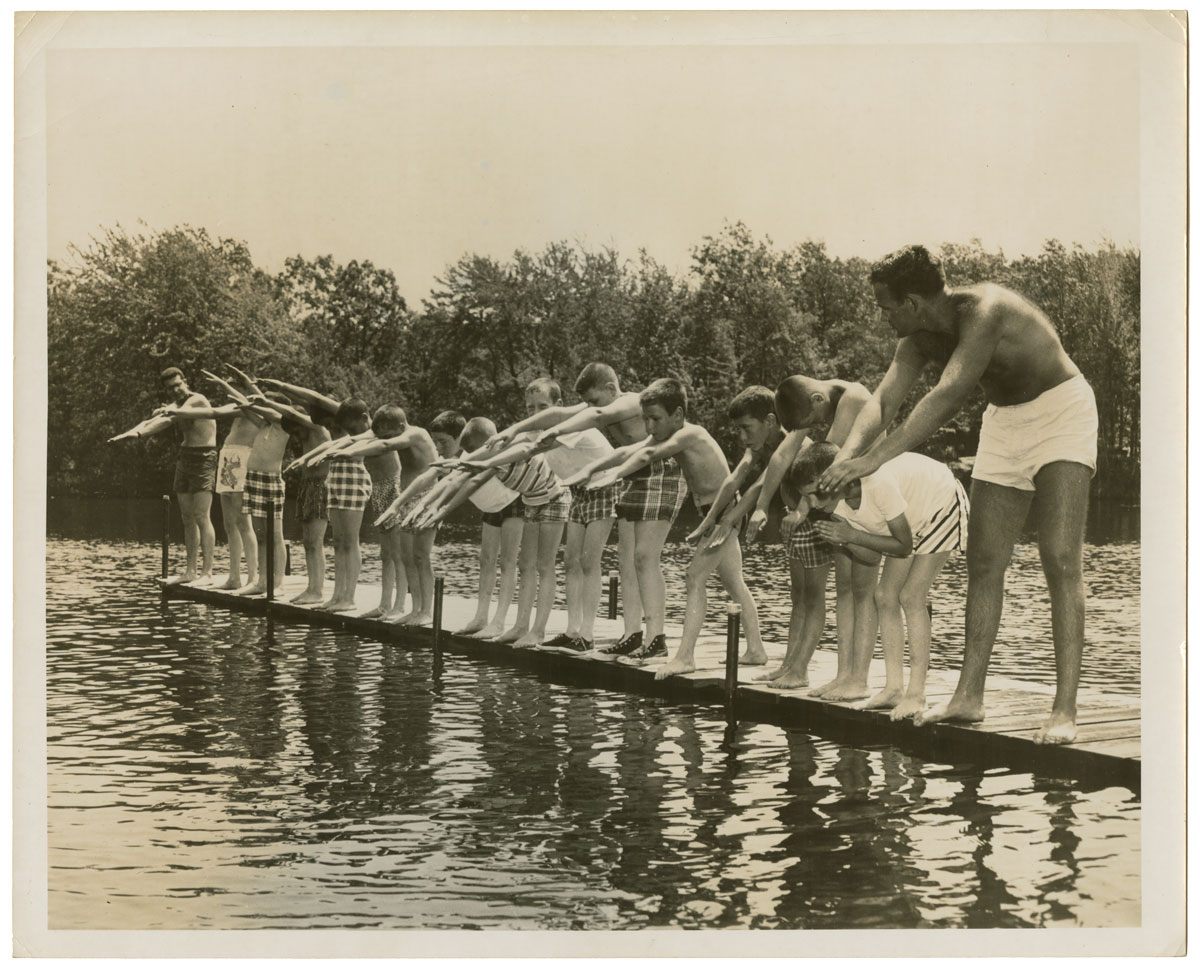
Summer camp suffered a downturn in popularity in the 1970s and 1980s in general, and Jewish summer camps found themselves in a tricky situation. Jews were now assimilated enough that many Jewish kids attended a non-Jewish camp. (I myself went to a YMCA camp in the early 2000s; despite the “Young Men’s Christian Association” thing, my camp was heavily Jewish.) Today, camps are rising in popularity again, but Jewish summer camps have entirely new issues to deal with. The reign of Trump, rising anti-Semitism in Europe and the U.S., and above all the issue of the Israeli occupation of Palestine are major topics that counselors are attempting to address. In 2018, the effects of the #MeToo movement have many Jewish camps looking into sexual harassment; a minor scandal found Camp Ramah refusing to allow what it called “anti-Israel educational messages” at camp.
“Campers are definitely taught to love Israel unconditionally, which can be rather controversial now,” says Ivy Cohen, who attended a Reform summer camp in Massachusetts. “I do feel like as I got older, more frequently we were given various sides of an issue as well as different perspectives, and encouraged to form our own beliefs.”
Summer camps in the U.S. have never, ever been simple. Whether an attempt to fight urbanization or raise good socialists, Zionists, American Jews, or progressives, summer camps have power. They provide a place where children and teenagers can encounter viewpoints and education that don’t exist in their normal lives, but could shape their futures. In some cases, that can provoke conflict at home. Jewish kids might come back from summer camp and wonder why their parents don’t keep Kosher, why they don’t go to synagogue every week, why nobody talks about moving to Israel. In some cases, Jewish camp culture influenced non-camp religion; Israeli culture and folk art became prominent in Reform synagogues where it had never been before, and even the actual music changed, with a new form of folk-influenced religious music that came from campers.
On the whole, Jewish summer camps really did work in some ways; many Jewish homes became more religious. A study found that Camp Ramah alums are much more likely than other Jews to spend time in or “feel an emotional attachment to” Israel, attend synagogue regularly, and marry within the faith. These studies have focused on religious Judaism; there is not a corpus of data about the secular effects of Jewish summer camp. Are alums of Jewish summer camp more likely to donate to charity, vote for progressive candidates, take part in protests? We don’t really know. But those have been goals of Jewish summer camps, whether or not they’re explicitly stated. Says Weisler: “Jewish camping molded me as a Jewish person, and a person, period.”
This story originally ran in 2018; it has been updated for 2024.


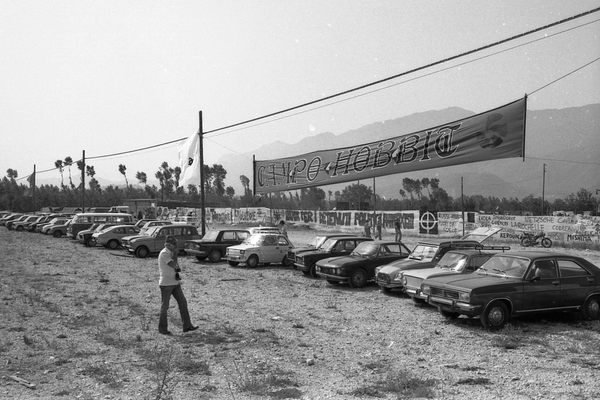

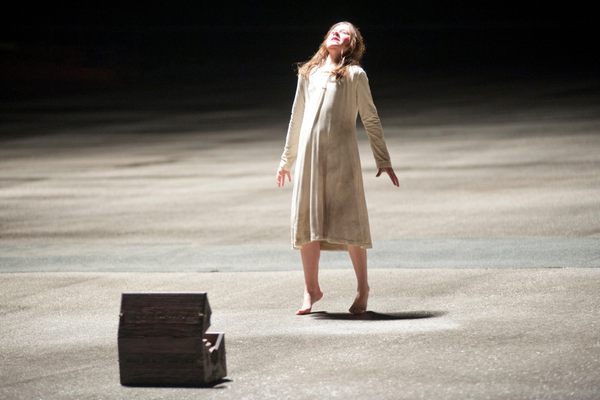
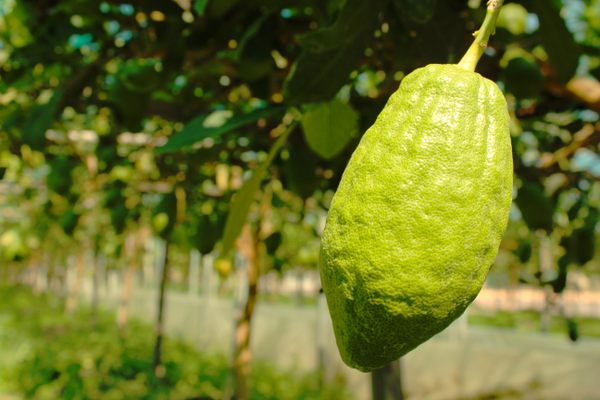






Follow us on Twitter to get the latest on the world's hidden wonders.
Like us on Facebook to get the latest on the world's hidden wonders.
Follow us on Twitter Like us on Facebook